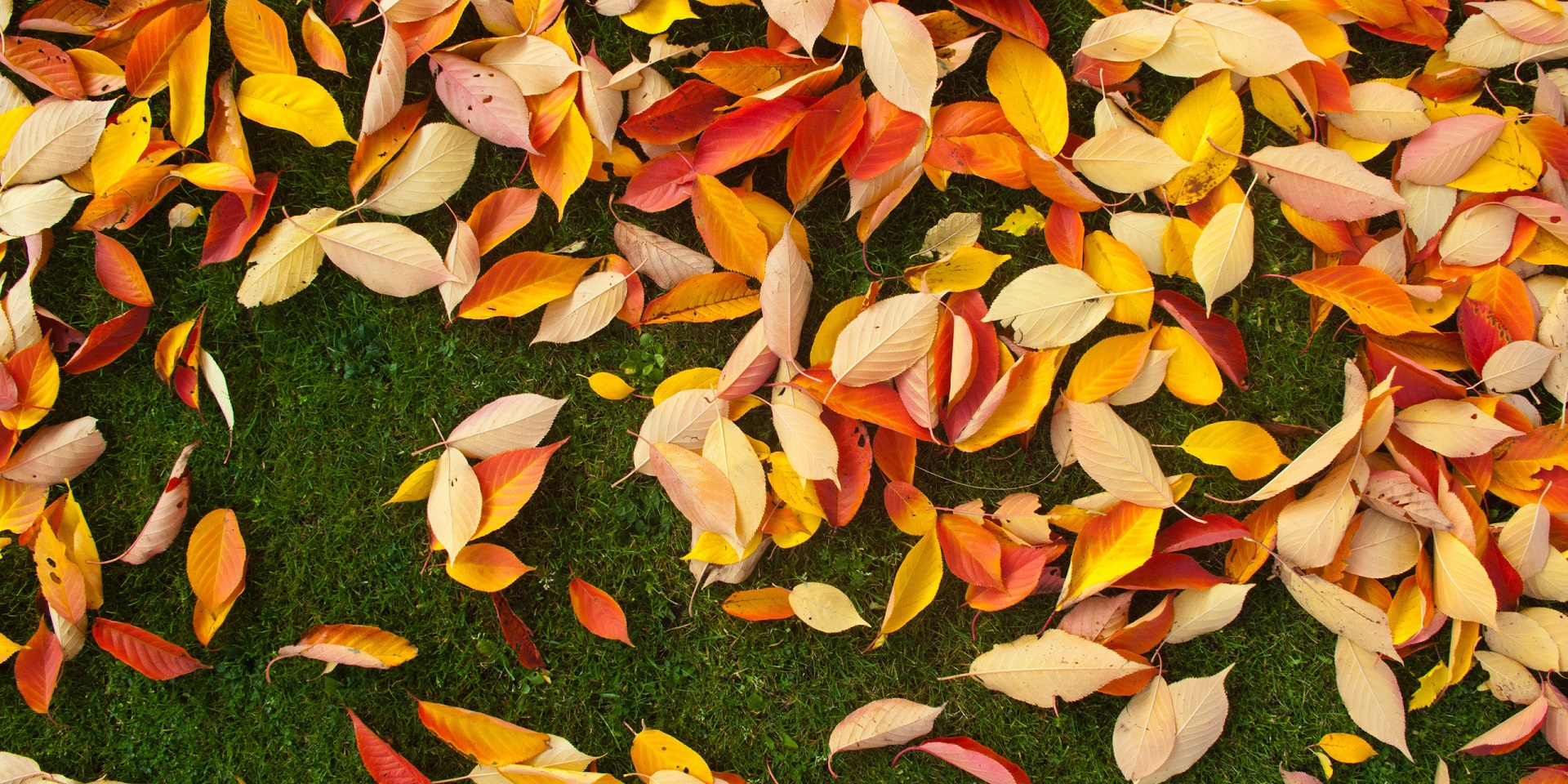Autumn is the season that bridges the warmth of summer and the chill of winter. In the UK, it’s most vividly marked by the changing colours of leaves and the harvest season.
As temperatures begin to drop, chlorophyll, the chemical responsible for the green in leaves, breaks down, revealing the yellows, reds and browns produced by carotene and other pigments. These colours are most vibrant when a dry summer is followed by an autumn of sunny days and cold, but not freezing, nights.
When does autumn start?
There are two main ways to define the start of autumn: meteorological and astronomical. Meteorological autumn begins on 1 September and ends on 30 November. This fixed date system is used by meteorologists to ensure consistency in seasonal statistics and forecasting.
Astronomical autumn, on the other hand, is determined by the Earth’s orbit around the Sun and its axial tilt. It begins with the autumn equinox, which typically falls on 22 or 23 September. During the equinox, the Sun shines directly on the equator, resulting in nearly equal day and night lengths across the globe. In 2025, astronomical autumn will begin on Monday, 22 September and end on Sunday, 21 December.
READ MORE: Learn more about the seasons
The role of equinoxes and solstices
Equinoxes and solstices mark the astronomical transitions between seasons. The Earth’s elliptical orbit means these dates can vary slightly each year. The autumn equinox signals the point when the northern hemisphere begins to tilt away from the Sun, leading to shorter days and cooler temperatures. From this point, nights become longer than days until the winter solstice.
Autumn in the UK is also typically associated with falling temperatures and shorter days. The season often brings unsettled weather, especially later on, when Atlantic depressions can lead to stormy conditions and strong gales. These changes are part of the natural shift as the country prepares for winter.
The science behind autumn colours
The transformation of leaves is not just visually striking, it’s a chemical process. As chlorophyll fades, other compounds such as flavonoids, carotenoids and anthocyanins become more prominent. These are the same chemicals that give carrots their orange hue (beta-carotenes) and egg yolks their yellow colour (luteins). The result is the rich palette of autumn foliage that many look forward to each year.
Autumn’s cultural significance
Autumn has long held cultural importance. Around the world, festivals and traditions are tied to the season. In China, the Moon Festival celebrates the harvest and the full moon, while in the UK, Michaelmas marks the end of the harvest period. These events often coincide with the equinox, highlighting the season’s global resonance.
READ MORE: Find out how weather works
Interesting facts about autumn
Autumn is full of fascinating details. For instance, research published in the Journal of Aging Research found that people born in autumn are more likely to live to 100 than those born in other seasons. The study revealed that 30% of US centenarians born between 1880 and 1895 were born in autumn.
Another curious fact is that while the equinox usually falls on 22 or 23 September, it can occasionally land on 24 September. This last occurred in 1931 and won’t happen again until 2303, a rare quirk of the Gregorian calendar’s alignment with Earth’s orbit.
Autumn is a season of change, both in nature and in our daily lives. Whether defined by meteorological precision or astronomical cycles, .it brings a shift in weather, daylight and mood. From the science of leaf colour to the cultural celebrations it inspires, autumn remains one of the most captivating times of the year.
Keep up to date with weather warnings, and you can find the latest forecast on our website, on YouTube, by following us on X and Facebook, as well as on our mobile app which is available for iPhone from the App store and for Android from the Google Play store.



